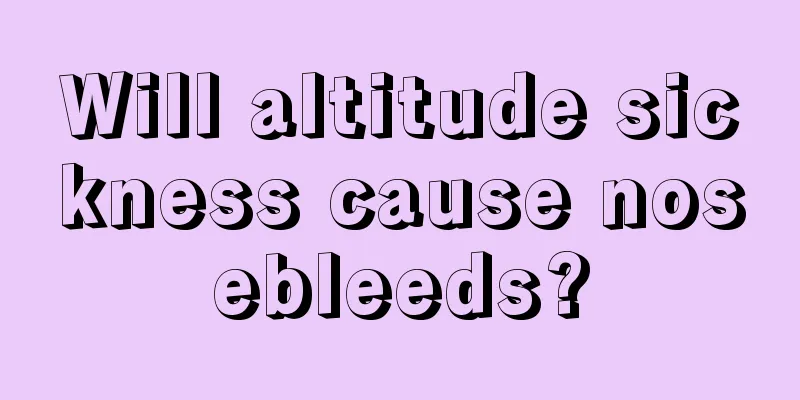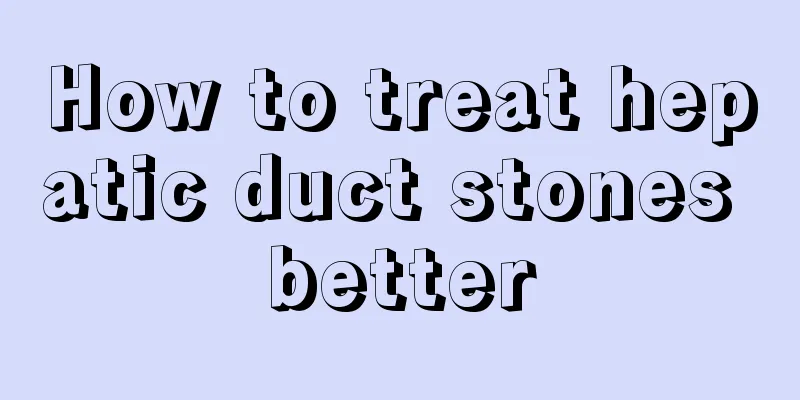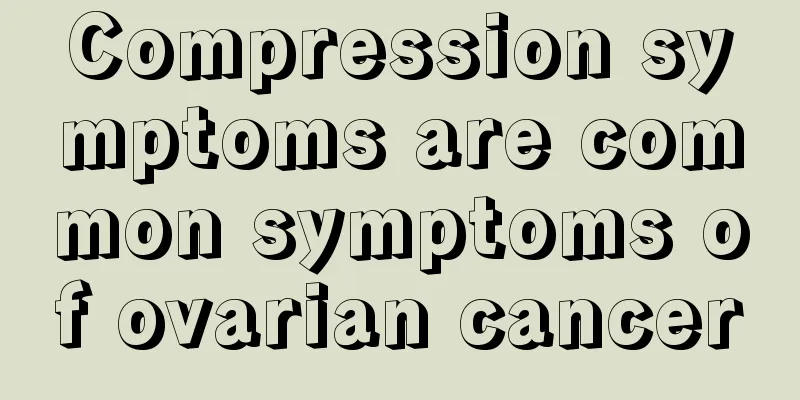What are the symptoms of Jinqi disease

|
Cervical spondylosis is a very troubling problem for many people. The problem of cervical spondylosis is very serious. There are many types of cervical spondylosis clinically. If not treated in time, it will affect people's lives and bodies, and may also affect their movements. The symptoms of cervical spondylosis are quite obvious and are closely related to the type of cervical spondylosis. So what are the symptoms of cervical spondylosis? 1. Cervical spondylotic myelopathy: Patients suffering from cervical spondylotic myelopathy often experience symptoms of spinal cord compression. The main clinical symptoms are neck and shoulder pain accompanied by muscle weakness, numbness of the limbs, and stiffness of the joints. Some of these patients may also experience other symptoms, such as headache and dizziness, clumsy gait, limited limb movement, unsteady walking, a feeling of tightness in the chest and abdomen, fecal incontinence or constipation, difficulty urinating, urgency, frequent urination, and coldness in both upper limbs. 2. Cervical spondylotic radiculopathy: The incidence of radicular cervical spondylosis is higher than other types of diseases. The clinical manifestations are mostly neck pain and numbness, which can radiate to the occipital region, shoulders, fingers and other parts, causing great pain and distress to patients. When lesions occur in the middle and lower cervical vertebrae, paroxysmal chest pain often occurs, which is like stabbing pain in a localized area and lasts for a long time, generally from a few hours to a few days. Some patients believe that they have angina pectoris or myocardial infarction and seek medical treatment and take medicine indiscriminately, resulting in adverse consequences. Some people experience hysterical breathing difficulties, especially when sleeping with elevated pillows at night. Generally, there is no abnormality in the respiratory system, and the oxygen saturation and oxygen partial pressure are normal. 3. Sympathetic cervical spondylosis: Special manifestations include dizziness, headache, deafness, tinnitus, blurred vision, numbness and pain in both upper limbs, neck and shoulder pain, palpitations, chest tightness, pale complexion, heart rhythm disorder, local or systemic hot flashes or chills, and paroxysmal sweating. Long-term lack of diagnosis and treatment is most likely to induce psychological and mental problems. |
<<: Are there serious side effects of gastroscopy under general anesthesia?
>>: What are the symptoms of poor height development
Recommend
How to solve the problem of being upset and anxious
In people's daily lives, many people experien...
What is the reason why my eyes are always tearing up?
Tears are a normal physiological reaction. Tears ...
Dishes suitable for office workers to bring along
Many office workers' offices are far from hom...
How long does it take to change your physique by being a vegetarian?
Modern people pay more and more attention to thei...
What are the early symptoms of cervical cancer? What is the best food for cervical cancer patients?
Cervical cancer is the most common gynecological ...
What to do if the refrigerator leaks electricity
As our quality of life continues to improve, refr...
What are the auxiliary therapies of acupoint massage for increasing human height
When people are not tall enough, they will think ...
Slight inflammation of the lungs AIDS
In life, many people often have problems with AID...
Causes of dark circles
Speaking of dark circles, everyone will think of ...
Why does my wrist hurt when I box?
Some friends who like boxing may find that their ...
Which is better, liver cancer intervention or radiofrequency ablation? Symptomatic treatment is the best effect
Every disease will cause harm to the patient'...
What to do if clothes fade
I believe that many of my friends have encountere...
Ringworm caused by fungal infection
Tinea manuum is a disease caused by fungal infect...
The six dirtiest things in daily life
Develop a good habit in your daily life. That is,...
There are blood streaks on the lunula of the nail
People's nails can reflect their health statu...









